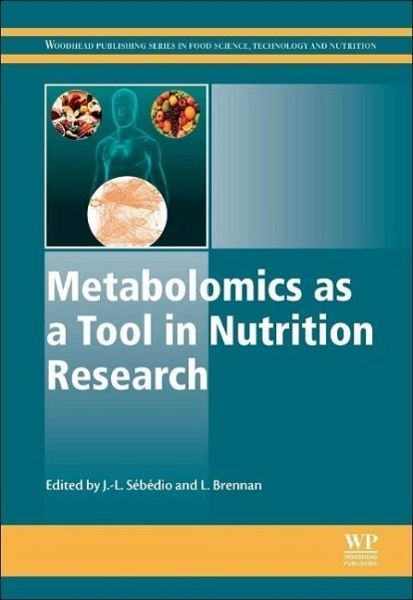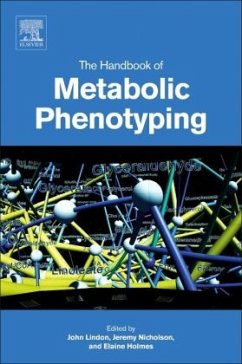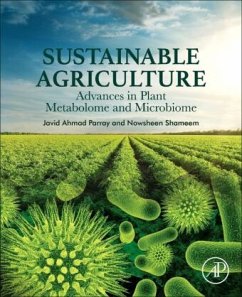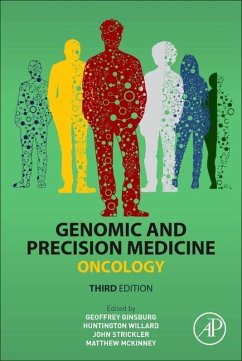
Metabolomics as a Tool in Nutrition Research

PAYBACK Punkte
75 °P sammeln!
Metabolomics is a multidisciplinary science used to understand the ways in which nutrients from food are used in the body and how this can be optimised and targeted at specific nutritional needs. Metabolomics as a Tool in Nutrition Research provides a review of the uses of metabolomics in nutritional research. Chapters cover the most important aspects of the topic such as analysis techniques, bioinformatics and integration with other 'omic' sciences such as proteomics and genomics. The final chapters look at the impact of exercise on metabolomic profiles and future trends in metabolomics for n...
Metabolomics is a multidisciplinary science used to understand the ways in which nutrients from food are used in the body and how this can be optimised and targeted at specific nutritional needs. Metabolomics as a Tool in Nutrition Research provides a review of the uses of metabolomics in nutritional research. Chapters cover the most important aspects of the topic such as analysis techniques, bioinformatics and integration with other 'omic' sciences such as proteomics and genomics. The final chapters look at the impact of exercise on metabolomic profiles and future trends in metabolomics for nutrition research.













